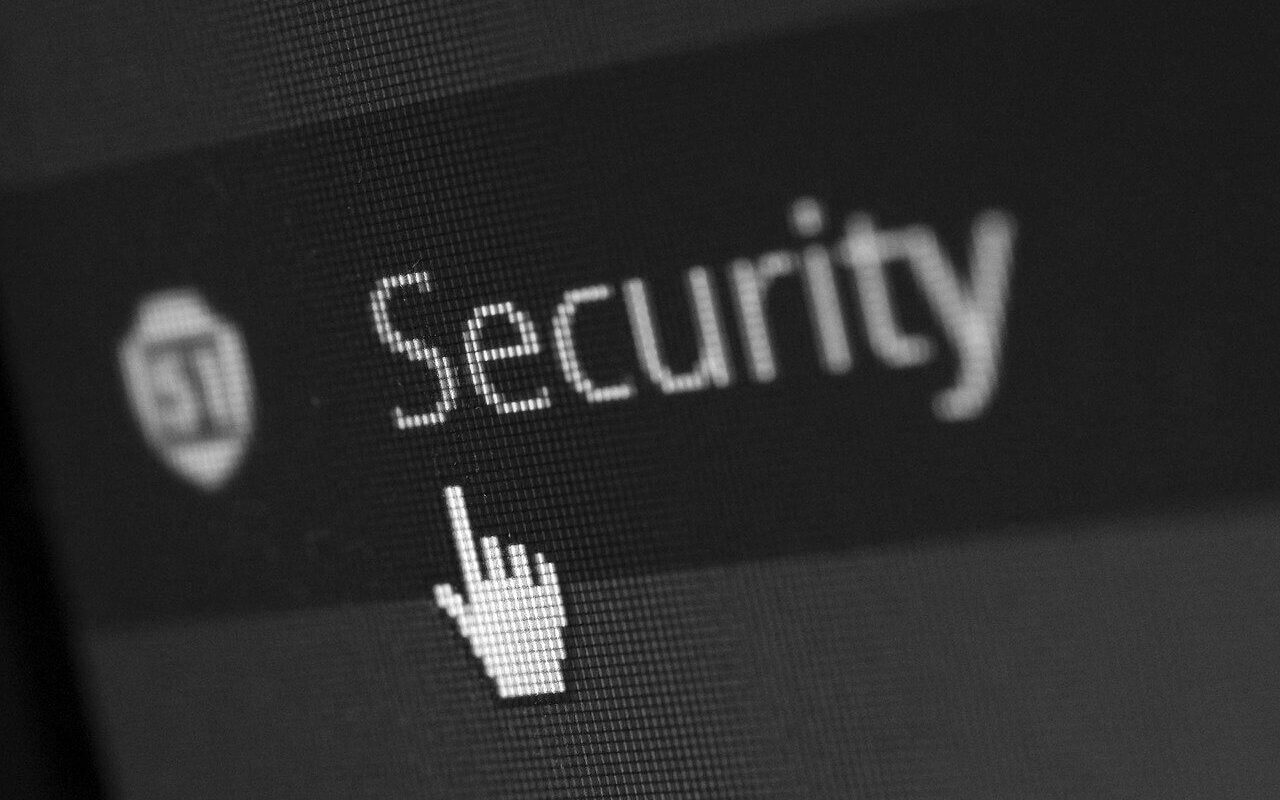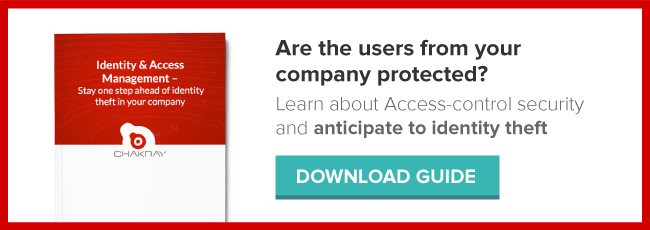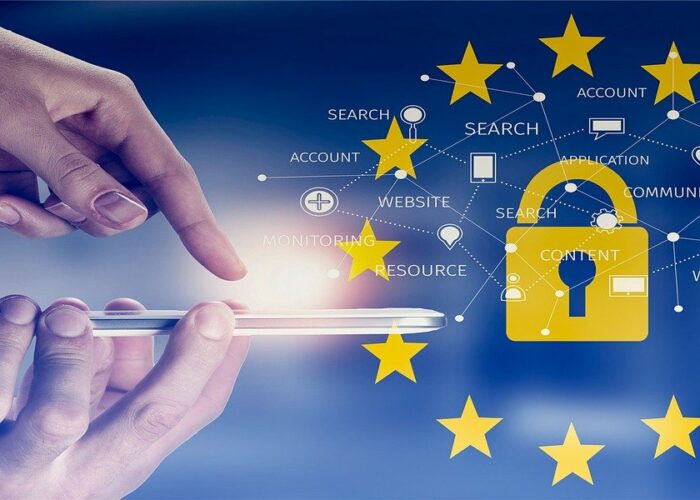Experts are now talking about a new paradigm in cloud security: along with the advancement of technology, the way in which we need to protect our company, data and employees has also evolved. Zero Trust is leading the way of cybersecurity in times of cybercrime.
What is Zero Trust?
In the year 2010, John Kindervag, who was at the time the most important analyst at Forrester Research Inc., created a model that used the latest technologies to guarantee cybersecurity in companies: zero trust architecture.
This cybersecurity technology is based on a basic concept: companies should not trust, but instead verify, anyone trying to, or needing to, connect to their systems, and then grant or deny their access.
During the last few years, we have witnessed countless of data breaches due to the boom of mobile devices, who increase attack vectors for workers who are poorly-trained in security or have outdated tools to fight this problem.
Unfortunately, cybercrime has nowadays become commonplace. Even major world-class companies such as Yahoo, HBO, Uber, HP, Oracle, Accenture and others have fallen victim to malicious attacks, which shows that, regardless of the magnitude of reach of an organization, anyone can suffer cyberattacks.
In this landscape, protection becomes essential. And success depends on being able to manage identities and adequately govern user access to company systems and networks.
Zero Trust offers an architecture based on governability technologies and processes with the goal of securing IT environments in an organization. Some of them include multi-factor authentication, encryption, analysis and permissions, IAM, orchestration, etc.
It offers micro-segmentation and the implementation of a granular perimeter based on user location and other information that relates to the level of trust in the identity, machine or application that wishes to obtain access to a specific area of the company system.
In addition to offering these functionalities and cutting-edge security technology, this powerful tool requires specific, useful governance policies that protect businesses at their most basic levels.
Zero Trust and its benefits in relation to cybersecurity
Zero Trust architecture aims to balance the user experience and digital security in companies in a way that is suitable to allow for a perimeter-free infrastructure.
Some of its most important benefits are:
- Fosters an agile business methodology through a protected adoption of the cloud and mobile solutions.
- Covers wide surfaces, minimizing gaps that could lead to cyberattacks.
- Significantly minimizes exposure and boosts cybersecurity in the access of all users.
- Fosters a positive user experience thanks to efficient levels of satisfaction and productivity in browsing and log-ins, which do not require strict control by supervisors.
- Offers a suitable administration framework to organize and manage sensitive applications and infrastructure.
- Allows for the rapid, automated identification of IT risk in access controls.
- Minimizes costs and skills required to run and manage.
Architecture and features of Zero Trust
The features and architecture of Zero Trust offer the security trust that today’s companies need to run their everyday businesses. These include:
- User verification: this tool requires a multi-factor authentication, allowing access codes to be dynamic and adaptive and to include several factors to identify the user.
- Device verification: in addition to registering the user, it will also be essential for the device to be registered so that it is recognized, thereby being able to verify it and grant access.
- Privilege control: many cybercriminals focus their actions on personnel that has certain access privileges. Zero trust limits the lateral motion in all existing resources, both in work areas and in servers, limiting access.
- Learning and adaptation: Zero Trust must count with updated and continuous information to allow for its improvement. Endpoints, user policies and information, as well as applications and servers are important in increasing its security and feeding the machine learning process.
There is no doubt that counting with a complex authentication and cybersecurity system can nowadays increase your company’s agility and, consequently, its profitability. Contact us and learn about all of our cutting-edge technologies that will allow you to strengthen your business.







